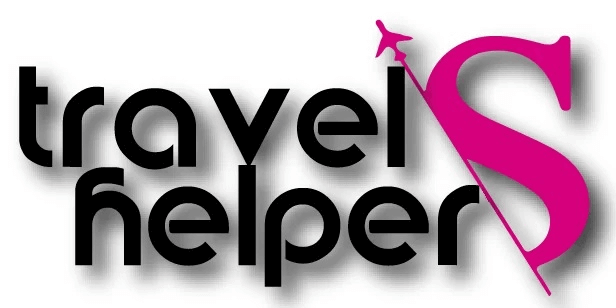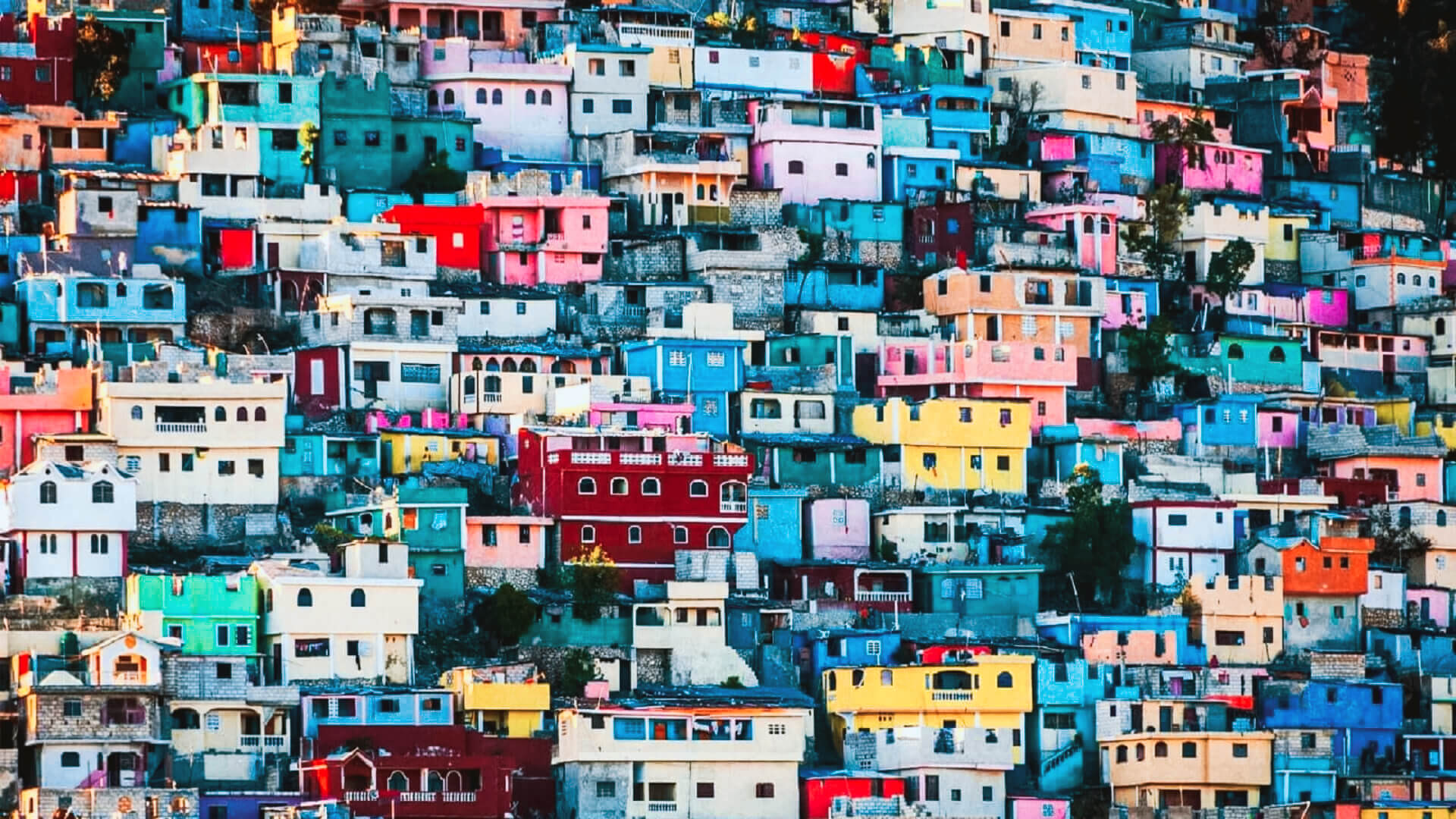[lwptoc]
Haiti, formally the Republic of Haiti (French: République d’Hati; Haitian Creole: Repiblik Ayiti), is a Western Hemisphere sovereign state (North America). The nation is situated on the Caribbean island of Hispaniola, part of the Greater Antilles archipelago. It controls three-eighths of the island’s western third, which it shares with the Dominican Republic. Haiti has an area of 27,750 square kilometers (10,714 square miles) and is home to an estimated 10.6 million people, making it the most populated nation in the Caribbean Community (CARICOM) and the second most populous in the Caribbean as a whole.
Originally, the area was inhabited by the indigenous Tano people. Spain discovered the island for Europeans on 5 December 1492, during Christopher Columbus’s first transatlantic trip. When Columbus first arrived in Haiti, he believed he had discovered India or Asia. Columbus’ flagship, the Santa Maria, went aground north of what is now Limonade on Christmas Day 1492. As a result, Columbus sent his men to salvage everything they could from the ship and established the first European colony in the Americas, which he named La Navidad in honor of the day the ship was wrecked.
Spain, which governed until the early 17th century, called the island La Espaola and claimed it. The French surrendered the western part of the island to France, which renamed it Saint-Domingue, as a result of competing claims and settlements. The growth of sugarcane plantations, which were labored on by African slaves, resulted in the colony being one of the most prosperous in the world.
Slaves and free people of color revolutionized Haiti during the French Revolution (1789–1799), ending in the abolition of slavery and the defeat of Napoleon Bonaparte’s army at the Battle of Vertières. Following that, on 1 January 1804, the sovereign nation of Haiti was established – the first independent nation in Latin America and the Caribbean, the second republic in the Americas, the only nation in the western hemisphere to defeat three European superpowers (Britain, France, and Spain), and the only nation in the world to be founded as a result of a successful slave revolt. Toussaint Louverture, a former slave and the first black commander in the French Army, led the revolt that started in 1791, transforming a whole society of slaves into an independent nation via his military brilliance and political savvy. After his death in a French jail, his lieutenant, Jean-Jacques Dessalines, proclaimed Haiti’s sovereignty and eventually became the country’s first Emperor, Jacques I. The Haitian Revolution lasted almost a decade, and all of the country’s initial leaders were former slaves, with the exception of Alexandre Pétion, the Republic’s first President. The Citadelle Laferrière is the world’s biggest fortification. Henri Christophe – a former slave who became Haiti’s first monarch, Henri I – constructed it to resist a potential foreign invasion.
Haiti is also a member of the Latin Union, the Organization of American States, and the Community of Latin American and Caribbean States; it is also pursuing associate membership in the African Union and was a founding member of the International Francophonie Organisation. It has the Americas’ lowest Human Development Index. Most recently, in February 2004, a coup d’état originating in the country’s north forced President Jean-Bertrand Aristide’s resignation and exile. A temporary government seized power, with the United Nations Stabilization Mission in Haiti providing security (MINUSTAH). The former president, Michel Martelly, was elected in the 2011 general election.


